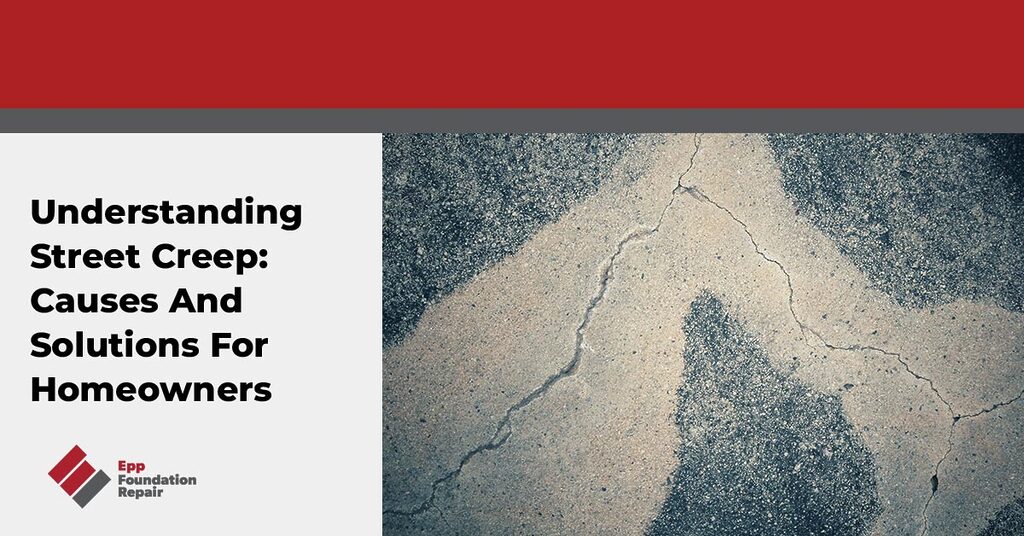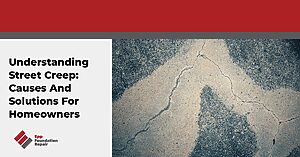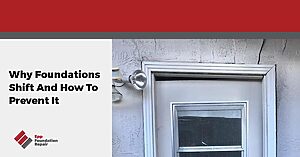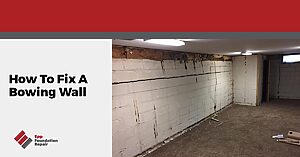Are you noticing cracks in your driveway or garage floor? Is there an increasing gap between the driveway and the garage? You might be dealing with an often-overlooked issue known as street creep. This phenomenon can cause significant damage to your property if not addressed promptly. In this article, we’ll explain what street creep is, its telltale signs, and how you can effectively stop and prevent it. Homeowners take note—protecting your investment starts here.
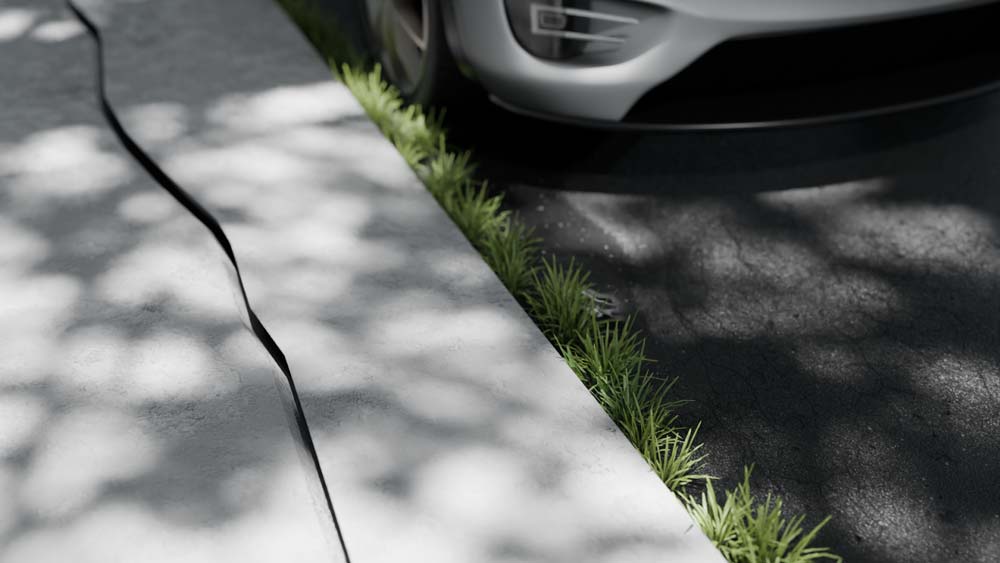
What Is Street Creep, And What Causes It?
Street creep refers to the gradual movement of concrete or asphalt streets toward homes, typically occurring in tiny increments of just fractions of an inch. However, these subtle shifts can accumulate over time, resulting in several inches of displacement. This gradual pressure can adversely affect driveways, garages, and foundations, ultimately leading to structural problems.
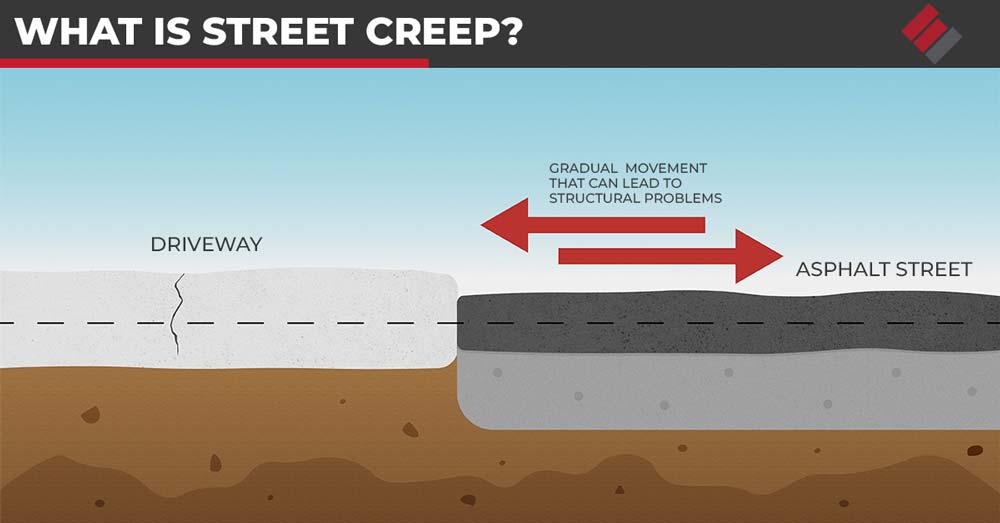
Street creep is caused by:
- Thermal Expansion & Contraction: This is the main culprit of street creep. Temperature fluctuations cause the concrete in streets to expand and contract. This continuous cycle creates a slow but relentless force that pushes pavement towards structures.
- Soil Movement: Soil settling or erosion beneath the roadway can create uneven surfaces, contributing to the shifting of the street.
- Heavy Traffic Loads: Over time, the weight of vehicles can compact and further shift the street’s structure, pushing it toward nearby homes.
- Poor Drainage: Inadequate drainage systems can cause water accumulation and soil saturation, destabilizing the ground beneath the roadway and leading to movement.
- Street Design: In some cases, improper design or construction techniques can make streets more susceptible to creep due to a lack of proper expansion joints or supports.
- Faulty Driveway Expansion Joints: Expansion joints help absorb movement stresses caused by concrete’s natural tendency to expand and contract, thus preventing cracks and misalignment. However, if these joints are improperly installed, damaged, or nonexistent, they may exacerbate the impact of street creep.
- Debris in Expansion Joints: Debris accumulation in expansion joints can significantly hinder their effectiveness, exacerbating the issues caused by street creep.
Understanding the root causes of street creep is the first step toward prevention and repair.
Signs Your Home May Be Experiencing Street Creep
Identifying street creep early can save you from costly repairs. Look out for these common signs:
- Cracks in the Driveway: Shrinking expansion joints and small cracks in the concrete or asphalt can be the first indication that street creep affects your property. These cracks may seem minor at first but will expand over time.
- Foundation Damage: Cracks or bowing of your home’s foundation are more alarming. They can compromise the structural integrity of your house and need immediate attention.
- Gaps Between the Street and Driveway: Noticeable gaps forming between the street and your driveway or garage floor can signify that your pavement is moving.
- Uneven or Sloping Driveway: Street creep can cause your driveway to become unlevel and create tripping hazards.
- Misaligned Doors and Windows: If doors and windows, especially your garage door, become difficult to open or close or appear misaligned, street creep might be the underlying cause.
By watching for these signs, you can catch street creep early and take appropriate measures to mitigate it.
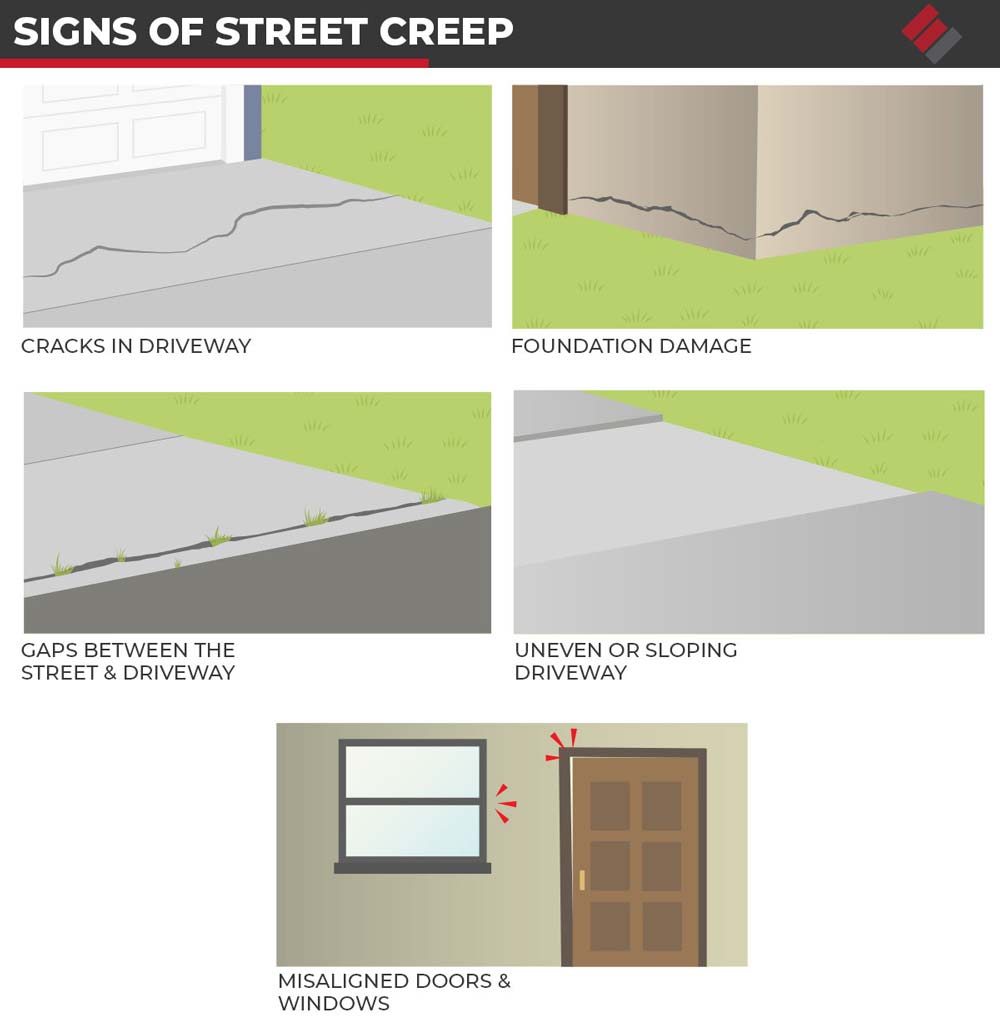
How To Stop Street Creep
Once you’ve identified street creep, it’s essential to address it promptly. Here are some effective repair methods:
Improve Expansion Joints
Improving the functionality of the expansion joints in your driveway may be the simplest solution for early cases of street creep. First, debris is removed to allow the joints to move freely, thus enhancing their capacity to absorb stress caused by street creep. If your existing expansion joints are too narrow, widening them or creating new ones can also help alleviate the stress on your driveway and prevent cracking. Lastly, some homeowners have benefited from implementing a street creep buffer. This buffer seals the joint to avoid the accumulation of debris while maintaining the joint’s flexibility.
Foundation Repair
Severe cases of street creep may require foundation repair. The most common repair method in these situations is wall anchors. This technique involves installing steel anchors through the foundation wall and securing them to the surrounding soil. This provides lateral support and helps stabilize bowed or cracked walls due to the pressure caused by street creep and related soil movement. Wall anchors effectively counteract the external forces pushing against the foundation, redistributing the weight and pressure in a more balanced manner. Homeowners can expect this method to halt further movement and potentially restore their foundation to its original position, enhancing the overall structural integrity of their home.
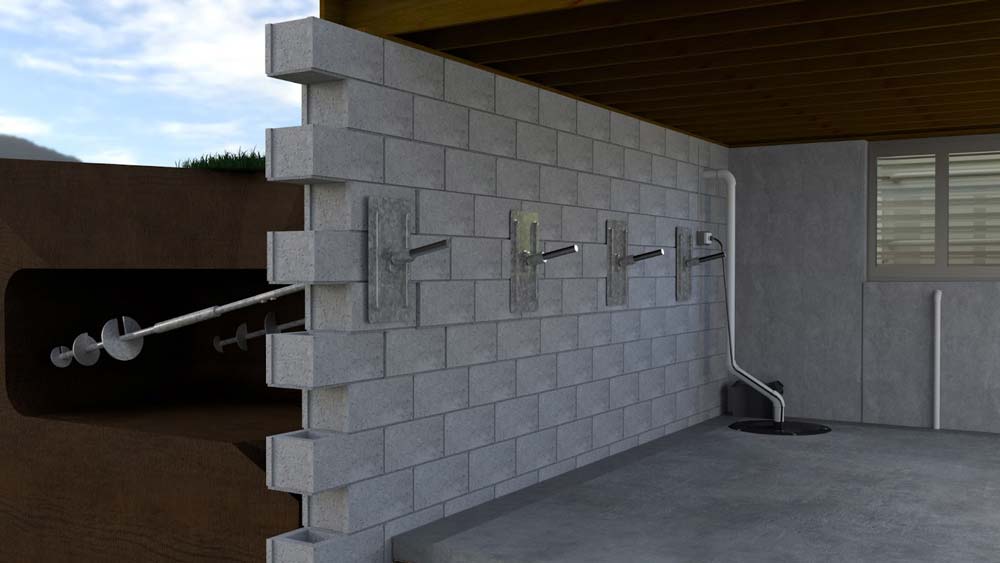
A foundation repair expert may suggest other suitable repair methods, such as crack repair and underpinning. Specialized injections can seal cracks in the foundation to prevent future water damage. Underpinning uses steel helical or push piers to level and stabilize the foundation by extending it deeper into the ground.
How To Prevent Street Creep
Prevention is always better than cure. Here’s how you can proactively prevent street creep from affecting your property:
- Regular Inspections: Conduct regular inspections of your driveway and foundation. Look for early signs of cracks and gaps. If you notice any damage, schedule an inspection with a professional. Early detection can significantly prevent extensive damage.
- Seal Your Driveway: Applying a sealant to your driveway can provide an extra layer of protection against moisture infiltration and debris accumulation, two contributing factors to street creep. Depending on the wear and tear from weather exposure and traffic, it is advisable to reseal your driveway every few years to maintain its integrity and extend its lifespan.
- Proper Drainage: Ensure your home has appropriate drainage systems. Poor drainage can exacerbate street creep by weakening the soil and increasing pavement movement. Installing French drains or other efficient drainage solutions can help.
- Soil Stabilization: If poor soil conditions are contributing to street creep, consider soil stabilization techniques. This can involve adding materials to the soil to improve its load-bearing capacity and reduce movement.
Preventative measures can go a long way in safeguarding your home from the damaging effects of street creep.
Call The Professionals
When it comes to street creep, professional intervention can make all the difference. Expert contractors have the tools and knowledge to assess the severity of the issue and implement effective solutions.
At Epp Foundation Repair, we offer free inspections and repair quotes to help you identify and address street creep before it becomes a significant problem. Don’t wait until minor cracks become a major headache—reach out today for peace of mind and professional support. We serve Nebraska and parts of Iowa, Kansas, and Missouri.

